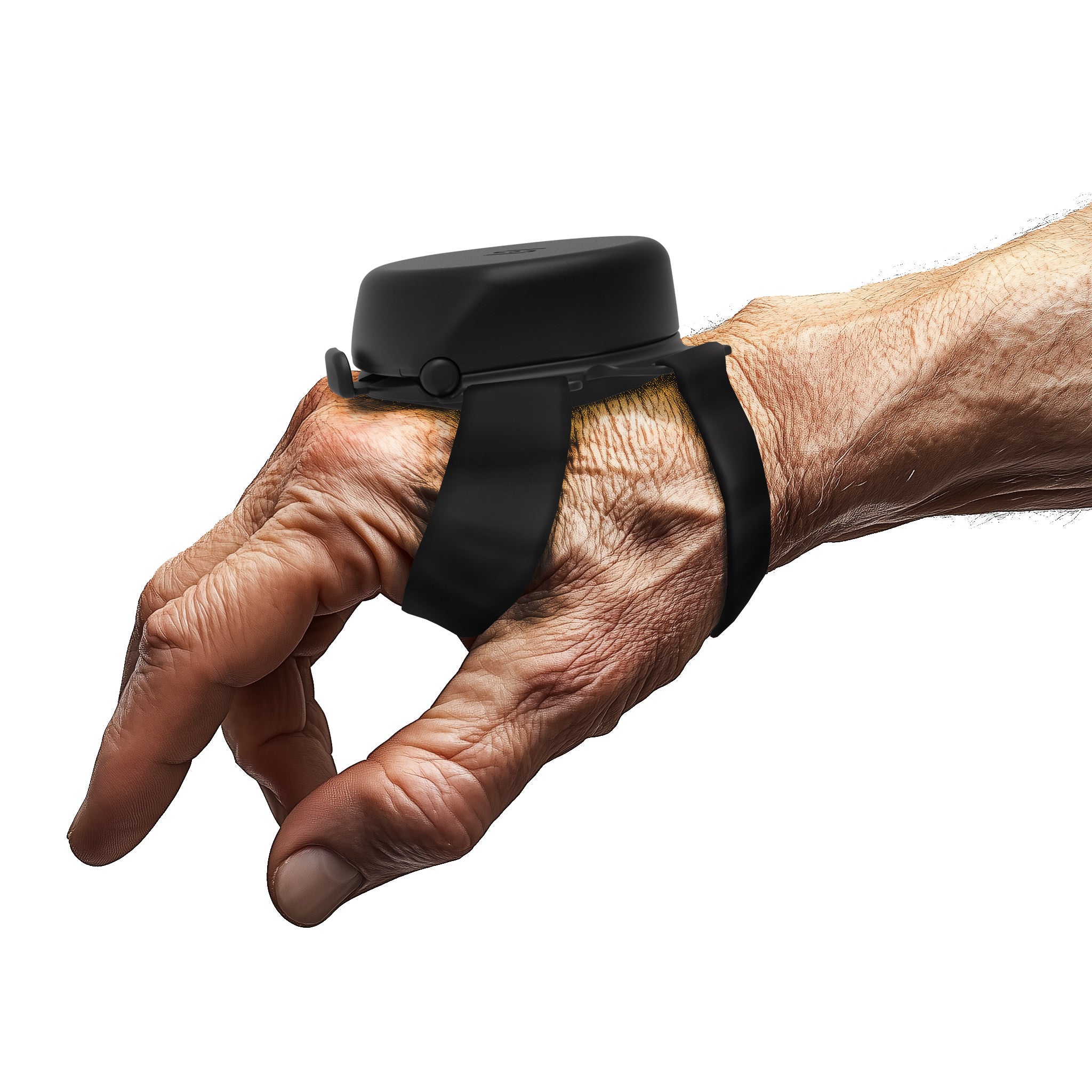For millions living with Parkinson's disease, everyday activities like buttoning a shirt or enjoying a meal can be overwhelming. At the heart of this condition lies dopamine deficiency. Understanding how dopamine impacts Parkinson's disease is key to better managing this illness. In this blog, we delve into how dopamine deficiency drives the symptoms and progression of Parkinson’s disease, offering insights into the causes and potential solutions.
How Dopamine Deficiency Affects Parkinson’s Disease
Dopamine is a neurotransmitter and hormone that plays a vital role in many of your body’s functions, including memory, motivation, learning, reward, and movement. When dopamine levels are low—a condition known as dopamine deficiency—it can have significant impacts on both physical and psychological health. This deficiency is closely linked to Parkinson’s disease, restless legs syndrome, and depression.
In Parkinson’s disease, dopamine deficiency lies at the core of the condition's debilitating symptoms, such as tremors, stiffness, slowness of movement, mood shifts, and cognitive decline. The disease specifically targets the substantia nigra, the brain region responsible for producing dopamine. As neurons in this area die off, dopamine levels decrease, leading to the hallmark symptoms of Parkinson's. This progressive loss of dopaminergic neurons makes Parkinson's disease challenging to treat, underscoring the critical role dopamine plays in the condition.
Symptoms of Dopamine Deficiency in Parkinson's Disease
Low levels of dopamine lead to a variety of symptoms that significantly impair a person's quality of life:
-
Tremors and stiffness
Dopamine has a key role in coordinated and fluid muscular action. Tremors and stiffness are caused by a decrease in dopamine levels in Parkinson’s disease, which impairs the brain's ability to communicate with muscles. Simple chores can become difficult due to tremors, which usually begin in the hands and extend to other regions of the body. In addition to producing discomfort, muscle stiffness limits movement, making daily activities more difficult.
-
Slowness of Movement (Bradykinesia):
Bradykinesia, or slowness of movement, is another significant indicator of dopamine deficiency in Parkinson's disease. This illness makes daily activities like eating and dressing arduous and slow. Speech may also be impacted, becoming softer and less distinct, and movements become smaller and less fluid. This can eventually result in a more sedentary lifestyle, which can exacerbate joint problems and muscular weakness.
-
Mood Shifts:
Dopamine is also essential for controlling mood. Significant mood swings, such as anxiety, despair, or apathy, might result from a deficit. These emotional swings can have an equally crippling effect as the physical symptoms, making it more difficult to manage the illness and lowering quality of life. Social disengagement brought on by emotional instability can worsen mental health.
-
Cognitive Decline:
Another effect of dopamine deficit in Parkinson's disease is cognitive loss. Individuals may struggle with concentration, memory, and problem-solving skills. This can include anything from moderate forgetfulness to more serious cognitive problems like dementia. These mental health issues can impede daily task management, diminish independence, and heighten frustration.
Dopamine's Crucial Role in Parkinson's Disease

Understanding the causes of dopamine deficiency in Parkinson's disease is crucial, let's explore the factors:
What Causes Lack of Dopamine?
Knowing what causes dopamine deficiency is crucial, especially when considering Parkinson's disease. The decrease in dopamine is caused by several factors:
- Genetic Factors:
Genetics can have a major impact on a person's likelihood of acquiring Parkinson's disease. Certain genes, including GBA, LRRK2, and SNCA, have been connected to a higher risk of the illness. These genes are involved in the synthesis of dopamine and the health of the mitochondria, two essential biological processes. Parkinson's disease risk can be increased by mutations that cause dopamine-producing neurons to die, particularly when paired with other risk factors. Recognizing these genetic effects aids in the identification of individuals who are at-risk and the development of tailored treatments.
- Environmental Exposures:
Pesticide and industrial chemical exposure are examples of environmental toxins that are recognized to pose a risk for Parkinson's disease. These drugs have the ability to harm neurons by causing mitochondrial malfunction and oxidative stress. Individuals who work in agriculture or live in rural areas, where pesticide usage is prevalent, are more vulnerable. While not everyone who is exposed will have Parkinson's disease, these factors greatly raise the risk, especially in those who are genetically susceptible. This emphasizes the requirement for safer procedures and laws to lower exposure.
- Aging:
The main risk factor for Parkinson's disease is getting older. Parkinson's disease is more likely to affect the brain as people age due to an acceleration of the dopamine-producing neurons' natural decrease. In addition to increasing oxidative stress, aging impairs the brain's capacity to eliminate harmful proteins like alpha-synuclein, which damages neurons. In order to reduce the disease's progression and safeguard neuron health, it is essential to comprehend how aging affects Parkinson's disease.
Managing Dopamine Deficiency in Parkinson’s Disease
Managing dopamine deficiency is a critical part of treating Parkinson’s disease. While there is currently no cure, various treatments can help alleviate symptoms and improve quality of life. Medications such as levodopa and carbidopa are often prescribed to boost dopamine levels in the brain, helping to manage motor symptoms.
For patients whose symptoms are no longer effectively managed by medication alone, deep brain stimulation (DBS) surgery offers an alternative by placing electrodes in the brain to reduce tremors and stiffness. Additionally, complementary therapies like exercise, yoga, tai chi, and massage can support overall well-being and provide relief from some symptoms. By combining these treatments, individuals with Parkinson’s can better manage the impact of dopamine deficiency on their daily lives.
The Steadi-Two Glove: Your Path to Stability

We at Steadiwear are aware of how hand tremors can interfere with everyday activities and make it difficult to do things like write or hold a cup. For this reason, we developed the revolutionary Steadi-Two glove, which aims to give you back your autonomy and authority. The Steadi-Two glove improves your quality of life and provides instant relief from tremors by reducing vibrations through the application of cutting-edge anti-vibration technology. Among the more than 1,700 customers, two thirds had seen a noticeable improvement.
This glove is made with your requirements in mind; it weighs less than 1 pound for all-day comfort and is battery-free, so you never have to worry about charging it. It's also reasonably priced, with payment plans as little as $58 a month, and comes with a risk-free 30-day money-back guarantee. VA benefits apply to the Steadi-Two for veterans.
In conclusion
Given the critical role dopamine plays in both motor and cognitive functions, addressing dopamine deficiency in Parkinson's disease is essential for improving patient outcomes. A better understanding of how dopamine deficiency impacts Parkinson's disease can lead to more targeted and effective treatments, ultimately enhancing the quality of life for those affected by this condition.



